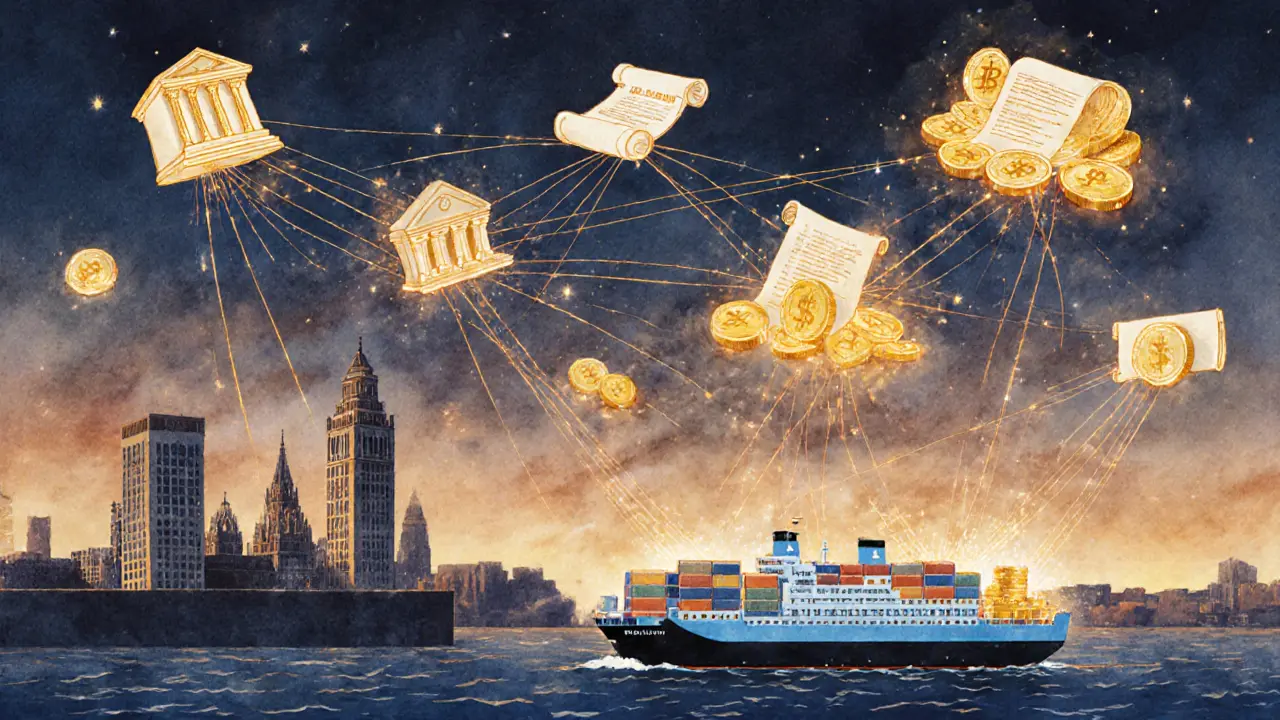Distributed Ledger Technology: What It Is and How It Powers Crypto Today
When you hear distributed ledger technology, a system where data is stored across multiple computers instead of one central server. Also known as blockchain, it's what makes Bitcoin and other crypto assets possible without banks or middlemen. This isn’t science fiction—it’s running right now in Venezuela, Nigeria, and El Salvador, helping people bypass broken financial systems.
Distributed ledger technology doesn’t just record transactions. It enforces rules automatically through smart contracts, self-executing code that triggers actions when conditions are met. That’s how platforms like SynFutures v3 handle futures trades without a central exchange, and how Zamio’s NFT airdrop gives out tokens only to users who complete specific steps. It’s also why Nigeria’s P2P crypto scene exploded—people trade directly using ledgers that can’t be altered or shut down by a single authority.
It’s not just about money. decentralized networks, systems where no single entity controls the whole network are being used to track carbon credits, manage energy grids in real time, and even verify who owns digital art. In Kazakhstan, miners rely on these networks to prove they’re using legal electricity. In Syria, crypto operators use them to stay compliant despite sanctions. Even if you’ve never bought a coin, you’re probably already using a version of this tech—through apps that log your data, verify your identity, or let you trade assets peer-to-peer.
The posts below show you how this plays out in real life. You’ll find deep dives into crypto exchanges built on distributed ledgers, airdrops that rely on smart contracts, and countries using this tech to fix broken systems. No fluff. Just clear examples of how distributed ledger technology works when it’s not just hype.
Future of Distributed Ledger Technology in Digital Economy
Posted By Tristan Valehart On 1 Nov 2025 Comments (18)

Distributed Ledger Technology is transforming finance, supply chains, and digital identity. By 2025, banks, governments, and enterprises are already using it to settle trillions in seconds. Here’s how it works-and why it’s here to stay.
READ MORE
